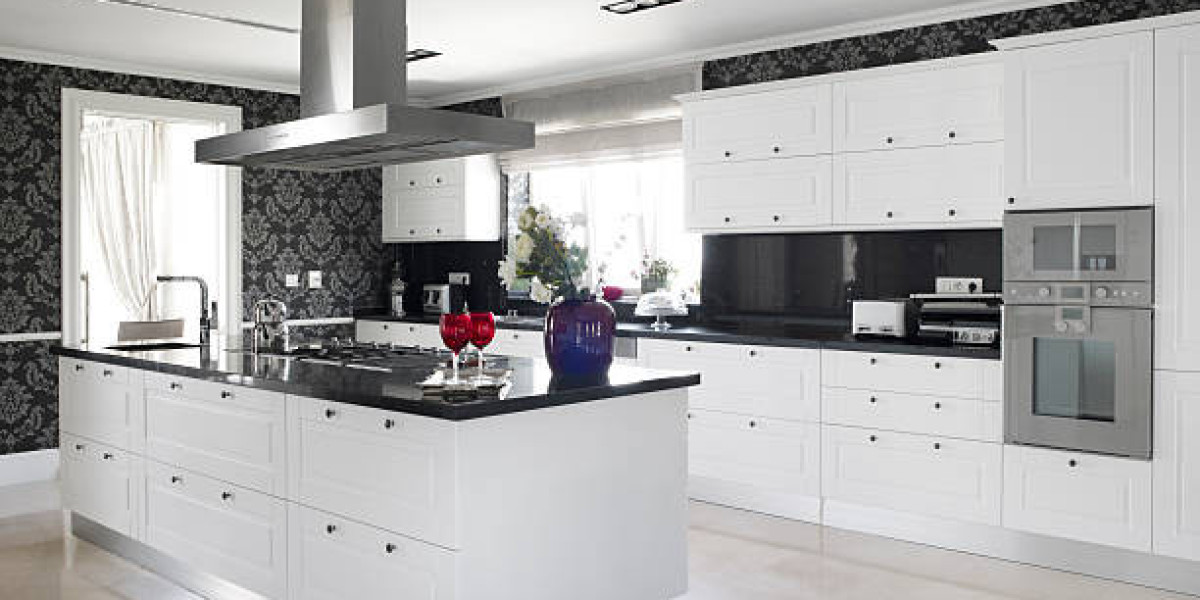Introduction: Why a Great Pitch Deck Matters
Creating a pitch deck is a critical part of presenting your startup, idea, or business to potential investors, partners, or clients. Whether you're seeking funding or just looking to get your message across clearly, the design and content of your pitch deck matter. But what makes a pitch deck truly stand out? Is it the graphics, the narrative, or something else?
The truth is, a pitch deck is not just a collection of slides; it’s a persuasive tool. It tells the story of your business, showcasing your vision, achievements, and the value you bring to the table. To succeed, your deck needs to be more than just a visual presentation – it must convey your message effectively, keep attention, and resonate with your audience.
But how do you craft a pitch deck that achieves all of this? That’s where design plays a crucial role.
In this article, we’ll walk through essential strategies for designing a pitch deck that not only looks great but also delivers your message effectively. Let’s dive in.
1. Understanding Your Audience and Their Expectations
Before you start designing your pitch deck, it’s crucial to understand who you're presenting it to. Different audiences have different expectations. Whether you're presenting to investors, clients, or potential partners, the way you design your deck will need to cater to their needs.
Investor Pitch Decks: Investors are looking for solid data and a clear path to profitability. Your pitch deck must demonstrate your understanding of the market, your business model, and how you plan to scale. In this case, clarity and a strong financial overview are essential.
Client and Partner Pitch Decks: When pitching to clients or partners, focus more on the value your product or service brings. Demonstrate how your solution solves their problems and why they should choose you over competitors.
Designing for the Audience: Once you understand your audience’s expectations, tailor the design and content to meet them. For investors, a sleek, data-driven design works best, while a more client-focused approach may incorporate visuals that emphasize the product’s benefits.
2. Key Elements of a Pitch Deck: What You Need to Include
A pitch deck typically contains between 10-15 slides, each with a unique purpose. The goal is to convey enough information to spark interest without overwhelming your audience. Here are the core elements every pitch deck should have:
Introduction / Elevator Pitch: Briefly introduce your company and mission. This should be concise and hook your audience immediately.
Problem: Clearly outline the problem you’re solving. Use data or anecdotes to highlight why this problem is important.
Solution: Showcase your product or service. Explain how it solves the problem you outlined, and make sure to include key features and benefits.
Market Opportunity: Show that there's a sizable market for your solution. Present data or trends that highlight the market’s potential.
Business Model: Explain how you plan to make money. Will it be through subscriptions, one-time purchases, or something else? Make it clear.
Traction: Highlight your milestones or any early successes. This could include sales, partnerships, or product development progress.
Go-to-Market Strategy: Explain how you plan to reach your audience and scale your product.
Team: Show that you have the right people to execute your vision. Include key team members and their relevant experience.
Financials & Projections: Investors need to know your financial outlook. Include revenue projections, expenses, and key metrics.
Closing / Call to Action: End with a clear ask or next steps. This could be scheduling a meeting or requesting funding.
Every element is important, but your design choices can make or break the effectiveness of these sections. For instance, you don’t want to clutter a slide with text. Instead, use visuals, graphs, and concise points to drive the message home.
3. The Role of Design in Making Your Pitch Deck Stand Out
When it comes to designing a pitch deck, you can’t underestimate the importance of aesthetics. The design needs to be clean, professional, and aligned with your brand identity. Here are some key aspects of pitch deck design:
Visual Consistency: Use a cohesive color palette and fonts that reflect your brand. Consistency in design helps your pitch look polished and cohesive.
Simplicity and Clarity: Keep each slide simple. Use bullet points, visuals, and short sentences. Too much information can confuse the viewer and dilute your message.
Storytelling Through Design: Your pitch deck is a story. Use visuals to help tell that story. This includes using images, infographics, and charts to support the information you’re presenting.
Use of White Space: Don’t overcrowd the slides. Leave enough white space to make your content stand out and be easily readable.
Data Visualization: Investors love numbers, but they don’t want to sift through pages of data. Use charts, graphs, and tables to present your data in a digestible way.
Design isn’t just about looking good; it’s about creating an experience for your audience that makes it easier for them to understand and engage with your message. If you’re looking to perfect your pitch deck design, you might want to consider professional help from design experts like slidepeak.com/pitch-deck-design, who specialize in creating impactful pitch decks.
4. Tips for Crafting a Memorable Pitch Deck
Creating a memorable pitch deck involves more than just following a template. It requires creativity, attention to detail, and strategic thinking. Here are some tips to help you design a pitch deck that leaves a lasting impression:
1. Start with a Strong Narrative
A pitch deck isn’t just a set of facts; it’s a story. People remember stories more than they remember data points. Start with the problem and take your audience on a journey of how your solution works and why it matters.
2. Keep It Concise and Impactful
You don’t want to overwhelm your audience with excessive information. Stick to the most crucial points and present them in a way that’s easy to understand. This is where design can help – keep slides clean, concise, and impactful.
3. Use Visuals Wisely
Don’t just use visuals for decoration. They should serve a purpose and complement your message. For example, an infographic can help explain a complex concept more clearly than text alone.
4. Show Traction
Investors want to know that your business is gaining momentum. Include key metrics such as revenue growth, customer acquisition, or market expansion to show you have traction in the market.
5. End with a Strong Call to Action
Leave your audience with something actionable. Whether it’s setting up a follow-up meeting or requesting funding, be clear about what you want from them.
5. Conclusion: Perfect Your Pitch Deck for Success
A pitch deck is more than just a visual presentation; it’s a critical tool for communicating your business’s potential. Whether you're seeking funding, clients, or partners, the way you design your deck can make all the difference in how your message is received.
By following the strategies and tips outlined in this article, you can craft a pitch deck that not only looks professional but also communicates your story effectively. Remember, design is not just about aesthetics – it’s about creating an experience that supports your narrative and engages your audience.
If you’re serious about perfecting your pitch deck, consider getting professional help from design experts. A well-designed pitch deck could be the difference between getting the investment you need and being overlooked.







